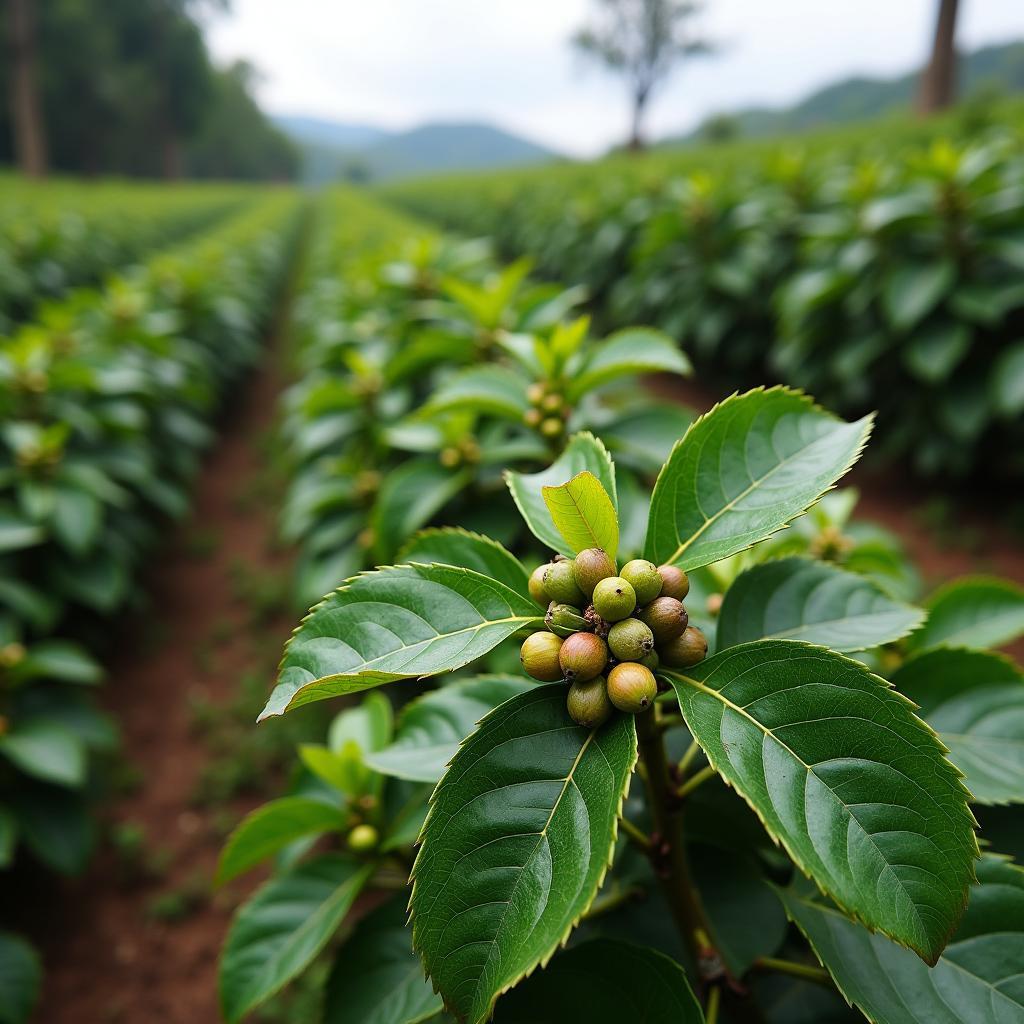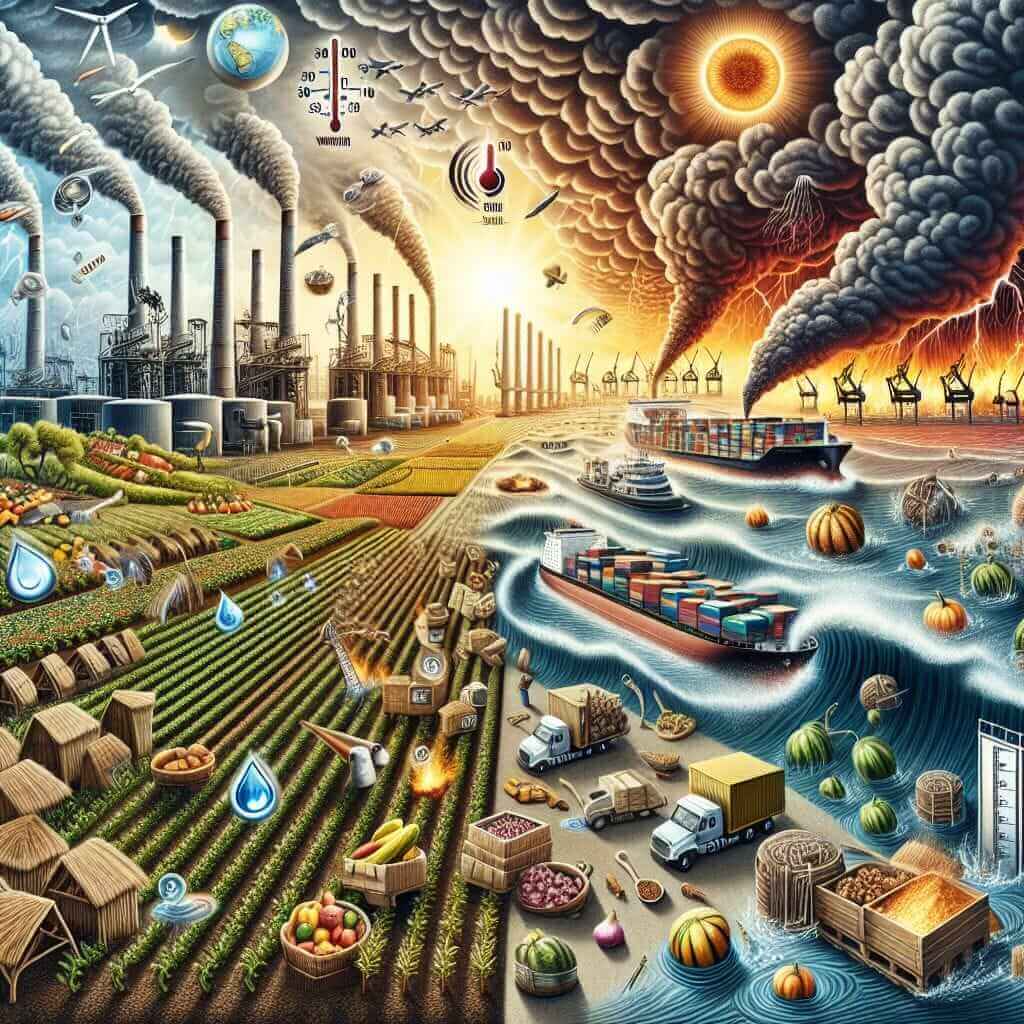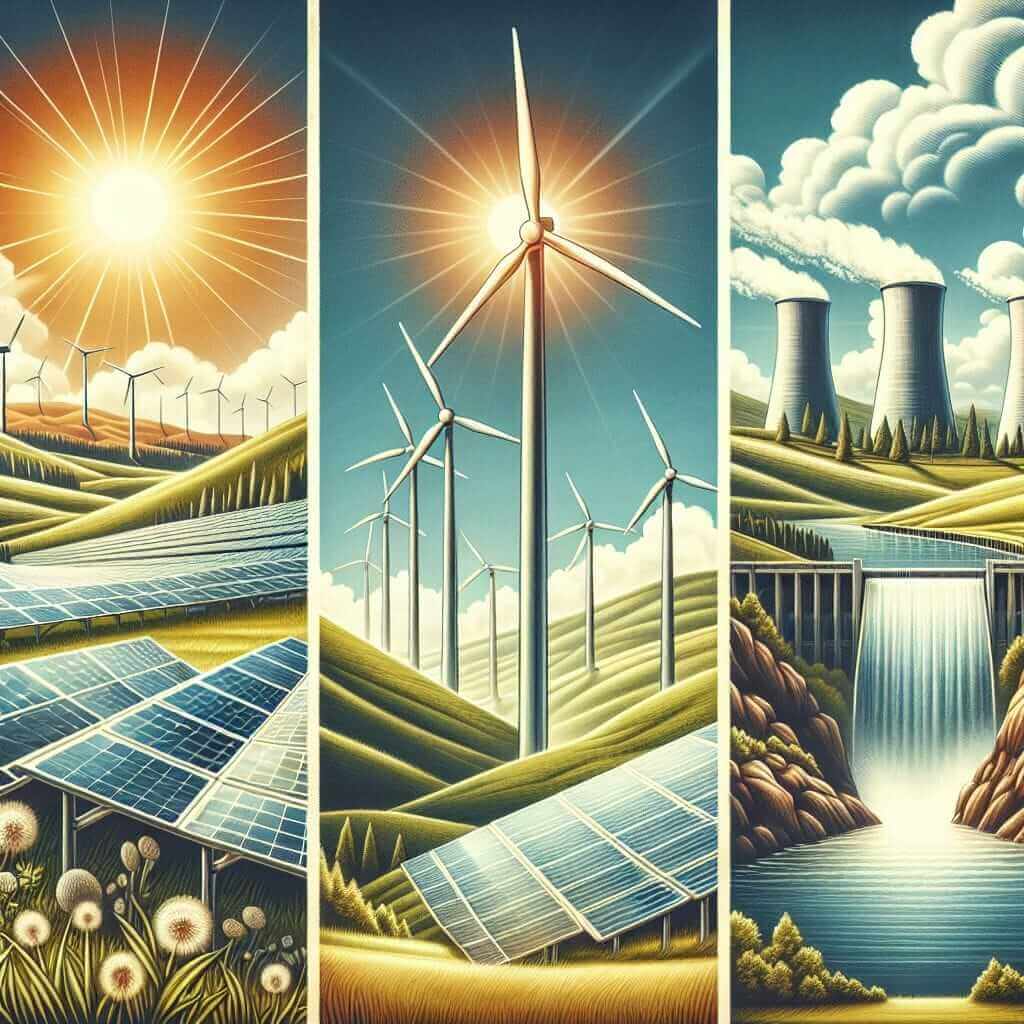The IELTS Reading section is designed to test a variety of reading skills including skimming, understanding logical arguments, and recognizing writers’ opinions, attitudes, and purpose. One recurring theme in the recent IELTS exam trends has been climate change and its various impacts. Given the global concern around climate change, it’s likely that this topic will continue to feature in future tests.
Nội dung bài viết
- Reading Passage and Questions
- Practice Passage – Medium Text
- Practice Questions
- Multiple Choice:
- Identifying Information (True/False/Not Given):
- Matching Information:
- Answer Key
- Multiple Choice:
- Identifying Information (True/False/Not Given):
- Matching Information:
- Analysis
- Common Mistakes:
- Vocabulary
- Grammar
- Tips for High IELTS Reading Scores
One pertinent issue is how climate change is influencing global coffee production. This topic not only combines environmental concerns but also impacts global commerce and daily life for millions. This article will delve into the nuances of this topic while providing a complete IELTS Reading exercise for practice.
Reading Passage and Questions
Practice Passage – Medium Text
Climate change has become one of the most pressing issues of our time. Its impacts are being felt in various sectors, including agriculture. One notable crop that is significantly affected by climate change is coffee. This passage examines how global coffee production is being influenced by the changing climate.
Coffee, particularly the Arabica variety, is highly sensitive to shifts in temperature. An optimal temperature range for Arabica coffee is between 18-23 degrees Celsius. As temperatures rise beyond this range, coffee plants experience stress, which can adversely affect both the yield and quality of the beans. For instance, in some coffee-growing regions of Latin America, average temperatures have already increased by about 1.1 degrees Celsius over the past few decades. This temperature surge has led to a reduction in suitable land for coffee farming.
 Green coffee plantation under stress: drought and heat effects from climate change impact.
Green coffee plantation under stress: drought and heat effects from climate change impact.
Additionally, increased temperatures are not the only issue. Changing rainfall patterns have also been detrimental. Many coffee-growing regions rely on predictable rainy seasons to flourish. Unpredictable weather conditions, including both droughts and excessive rainfall, can disrupt these patterns, leading to either water scarcity or fungus and pest infestations such as coffee rust.
Moreover, climate change is prompting a shift in where coffee can be grown. Higher elevations, which previously were too cold for coffee cultivation, are now becoming suitable. Conversely, lower elevation areas that were once coffee-growing hubs are becoming less viable. This shift is particularly evident in countries like Ethiopia, where traditional coffee-growing areas are being re-evaluated for their long-term viability.
In response to these changes, some coffee producers are adopting new strategies. These include diversifying the types of coffee plants they grow, selecting more resilient varieties, and altering farming practices to adapt to the changing conditions. Furthermore, some are investing in research and development to discover new ways to protect coffee plants from the impacts of climate change.
Practice Questions
Multiple Choice:
- Which type of coffee is most sensitive to temperature changes?
a. Robusta
b. Arabica
c. Liberica
d. Excelsa - What has been the temperature increase in some Latin American coffee-growing regions?
a. 0.5 degrees Celsius
b. 0.8 degrees Celsius
c. 1.1 degrees Celsius
d. 1.5 degrees Celsius
Identifying Information (True/False/Not Given):
- Coffee production in Latin America is only affected by temperature changes.
- Higher elevations are becoming more suitable for coffee production due to climate change.
- Ethiopia has not reevaluated its coffee-growing areas in response to climate change.
Matching Information:
6-8. Match the following details (A-D) with the correct statements:
a. Shifts in suitable land areas
b. Increased pest and fungal infestations
c. Diversification of coffee plant types
d. Investing in research and development
- Farmers adopting new strategies in response to climate change.
- Effects of unpredictable weather conditions.
- Impact of temperature increases on traditional coffee-growing areas.
Answer Key
Multiple Choice:
- b. Arabica
- c. 1.1 degrees Celsius
Identifying Information (True/False/Not Given):
- False
- True
- Not Given
Matching Information:
- c. Diversification of coffee plant types
- b. Increased pest and fungal infestations
- a. Shifts in suitable land areas
Analysis
Common Mistakes:
- Misinterpreting temperature data and its impacts.
- Not recognizing the diversification strategies and confusing them with environmental impacts.
- Overlooking the distinction between different regions and their specific changes.
Vocabulary
- Resilient (adj) /rɪˈzɪl.jənt/: able to withstand or recover quickly from difficult conditions; tough.
- Optimal (adj) /ˈɒp.tɪ.məl/: best or most favorable; ideal.
- Infestation (n) /ˌɪn.fesˈteɪ.ʃən/: large numbers of animals (usually insects or rodents) that cause damage or disease.
Grammar
- Present Perfect Tense: Used to talk about actions that have occurred at an unspecified time before now. Example: “Temperatures have increased by about 1.1 degrees Celsius.”
- Conditional Sentences: “If temperatures rise beyond this range, coffee plants experience stress.”
Tips for High IELTS Reading Scores
- Skimming and Scanning: Quickly identify the gist of the passage and find key details.
- Understand Question Types: Familiarize yourself with different types of questions like Multiple-Choice, True/False/Not Given, and Matching.
- Practice Regularly: Regular practice with realistic passages can significantly improve both speed and accuracy.
By understanding how climate change influences global coffee production, candidates can prepare better for real-world passages that may appear in the IELTS Reading section.


